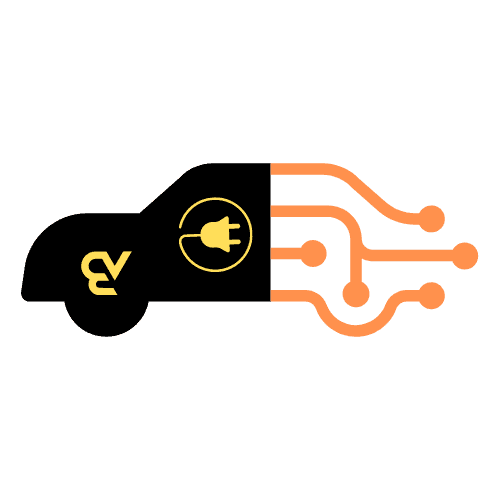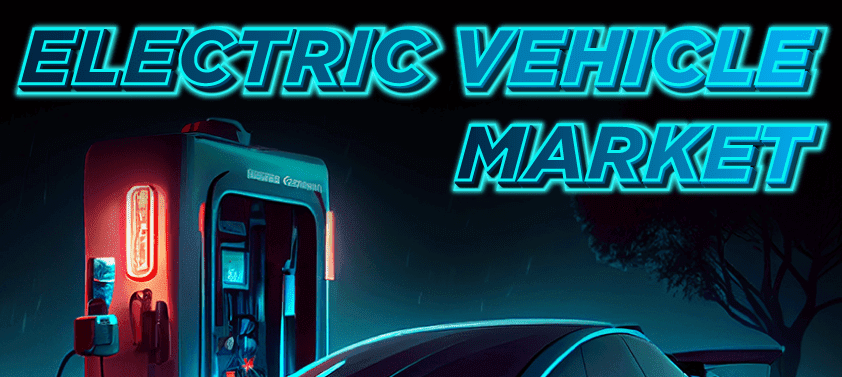The Future of EVs in Public Transportation in Canada and the USA
wordpress-Default June 25, 2024 0 COMMENTS
Electric vehicles (EVs) are no longer a distant dream but an imminent reality reshaping the landscape of public transportation. As governments, corporations, and individuals recognize the environmental and economic benefits of EVs, the transition from conventional fossil fuel-powered public transport systems to electric-powered alternatives is accelerating. This blog explores the current state, advancements, challenges, and future prospects of EVs in public transportation in Canada and the USA.
Current State of EVs in Public Transportation
Public transportation systems in North America are undergoing significant changes, with electric buses, trains, and even ferries beginning to replace their diesel and gasoline counterparts. In cities like Los Angeles, New York, Vancouver, and Toronto, electric buses are becoming a common sight. The adoption of electric buses is driven by their zero-emission nature, which aligns with the global push towards reducing carbon footprints.
In the USA, transit agencies are progressively investing in electric buses. For instance, the Los Angeles County Metropolitan Transportation Authority (LA Metro) has committed to transitioning its entire fleet to zero-emission buses by 2030. Similarly, New York City’s Metropolitan Transportation Authority (MTA) aims to have an all-electric bus fleet by 2040. These ambitious plans are supported by federal and state incentives, reflecting a strong policy commitment to sustainable transportation.
In Canada, the push towards electrification of public transport is equally robust. The Canadian Urban Transit Research and Innovation Consortium (CUTRIC) is spearheading efforts to advance electric and hydrogen fuel cell buses. Cities like Toronto and Vancouver are making significant strides. Toronto Transit Commission (TTC) operates one of the largest electric bus fleets in North America, and TransLink in Vancouver is investing heavily in electric buses and infrastructure.
Advancements in EV Technology for Public Transport
Technological advancements are pivotal in the transition to electric public transportation. The development of high-capacity batteries and fast-charging infrastructure is enabling longer routes and reduced downtime for buses. For example, the latest electric buses can travel up to 300 miles on a single charge, making them viable for most urban and suburban routes.
Battery technology continues to evolve, with solid-state batteries on the horizon. These batteries promise higher energy density, faster charging times, and longer lifespans compared to current lithium-ion batteries. Moreover, advancements in charging infrastructure, such as inductive charging and ultra-fast chargers, are reducing the operational constraints of electric buses.
In addition to buses, electric trains are gaining traction. Both Canada and the USA are investing in electrifying existing rail lines and developing new electric train systems. For instance, the California High-Speed Rail project aims to connect major cities with a fast, reliable, and sustainable rail network. Similarly, Ontario is working on electrifying the GO Transit rail network to provide cleaner and more efficient transportation.
Environmental Impact and Benefits
The environmental benefits of transitioning to electric public transportation are profound. EVs produce zero tailpipe emissions, significantly reducing urban air pollution. This reduction in pollutants like nitrogen oxides (NOx) and particulate matter (PM) can lead to improved public health outcomes, particularly in densely populated urban areas.
Moreover, the shift to electric public transport aligns with broader climate goals. Transportation is a significant source of greenhouse gas (GHG) emissions in North America. Electrifying buses, trains, and other public transport modes can substantially decrease these emissions, helping Canada and the USA meet their climate commitments under the Paris Agreement.
Beyond reducing emissions, EVs in public transportation contribute to noise pollution reduction. Electric buses and trains operate much more quietly than their diesel counterparts, enhancing the quality of life in urban areas.
Economic Impact and Job Creation
The transition to electric public transportation also presents significant economic opportunities. The manufacturing, deployment, and maintenance of EVs create jobs and stimulate economic growth. For instance, the production of electric buses and the development of charging infrastructure generate employment in manufacturing, construction, and engineering sectors.
In the USA, the push towards electrification is supported by initiatives like the American Jobs Plan, which allocates substantial funding for EV infrastructure and manufacturing. Similarly, Canada’s federal and provincial governments are investing in the EV sector, recognizing its potential for job creation and economic development.
Furthermore, the operational cost savings associated with electric public transport are noteworthy. EVs generally have lower maintenance and fuel costs compared to conventional vehicles. These savings can be reinvested into public transport systems, enhancing service quality and expanding coverage.
Challenges and Barriers to Adoption
Despite the promising prospects, several challenges hinder the widespread adoption of EVs in public transportation. One of the primary barriers is the high upfront cost of electric buses and trains. Although the total cost of ownership is often lower over the vehicle’s lifespan, the initial investment remains a significant hurdle for many transit agencies.
Additionally, the development of charging infrastructure is crucial. Public transport systems require robust and widespread charging networks to ensure operational efficiency. This infrastructure development demands substantial investment and coordination between government bodies, private companies, and utility providers.
Range anxiety, although more commonly associated with personal electric vehicles, is also a concern for public transport operators. Ensuring that electric buses can complete their routes without frequent recharging is essential for maintaining service reliability. Advances in battery technology and strategic deployment of charging stations are critical to addressing this issue.
Future Prospects and Innovations
Looking ahead, the future of EVs in public transportation in Canada and the USA appears bright, driven by ongoing technological advancements, supportive policies, and increasing public awareness of environmental issues. Innovations such as autonomous electric buses and smart grid integration are set to revolutionize public transport systems.
Autonomous electric buses, already being tested in some cities, promise to enhance efficiency and reduce operational costs. These self-driving vehicles can optimize routes, reduce traffic congestion, and improve safety by minimizing human error.
Smart grid integration is another exciting development. By connecting EVs to the grid, public transport systems can optimize energy use, balance demand, and even return energy to the grid during peak times. This bidirectional energy flow can enhance grid stability and reduce overall energy costs.
Moreover, the concept of Mobility-as-a-Service (MaaS) is gaining traction. MaaS integrates various forms of transport services into a single accessible on-demand service. By incorporating EVs into MaaS platforms, cities can provide seamless, sustainable, and efficient transportation solutions.
The future of electric vehicles in public transportation in Canada and the USA is promising, marked by significant advancements in technology, supportive government policies, and growing public awareness of environmental issues. While challenges remain, the benefits of transitioning to electric public transport are undeniable, from reducing emissions and improving public health to creating jobs and stimulating economic growth.
As we move forward, continued investment in technology, infrastructure, and policy support will be crucial. By embracing these changes, North America can lead the way in sustainable public transportation, paving the path towards a cleaner, greener future for all.








